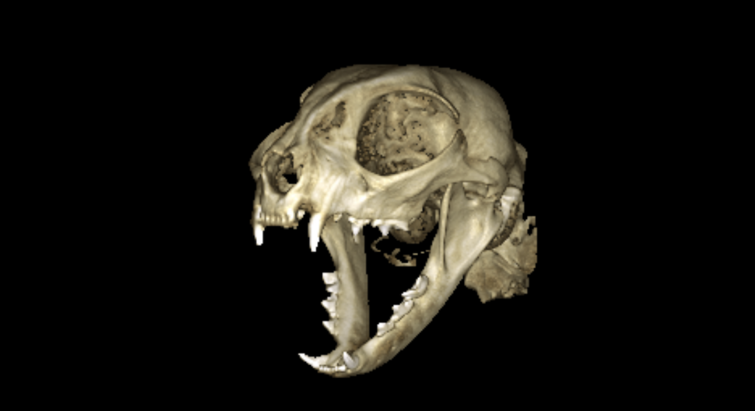
Companion animals

Companion animals are growing in numbers not only in the West but also in many Asian countries (e.g., China). In some respects companion animals receive special treatment (as compared with other animals used by us). In other respects, however, they suffer as a direct result of the way we use them. Some companion animals, for instance, develop health or behavioural problems caused by social and physical factors in their environment.
Our awareness of the importance of companion animals in many people's lives is growing; in fact such animals are frequently used for therapeutic purposes. At the same time, many companion animals are abandoned, given up to shelters, or euthanized. Companion animals thus seem to be viewed both as individuals to be respected in their own right and as disposable sources of enrichment for humans.
Below you will find a variety of recent publications about companion animal ethics and welfare. They are also sorted within the categories listed in the left menu bar.
You can also search among all publications on the site here:


How is Human Socioeconomic Position Linked with Dog Ownership Practices? A Study from Denmark

Does “Dr. Google” improve discussion and decisions in small animal practice?

Cat and dog owners’ expectations and attitudes towards advanced veterinary care (AVC) in the UK, Austria and Denmark

Dominance hierarchy does not influence distances travelled and area utilization in a large group of ponies

Conflict behaviour in Icelandic horses during elite competition

Accuracy of three diagnostic tests to detect tooth resorption in unowned unsocialised cats in Denmark

Behavior problems in dogs—An assessment of prevalence and risk factors

Do people really care less about their cats than about their dogs? A comparative study in three European countries

